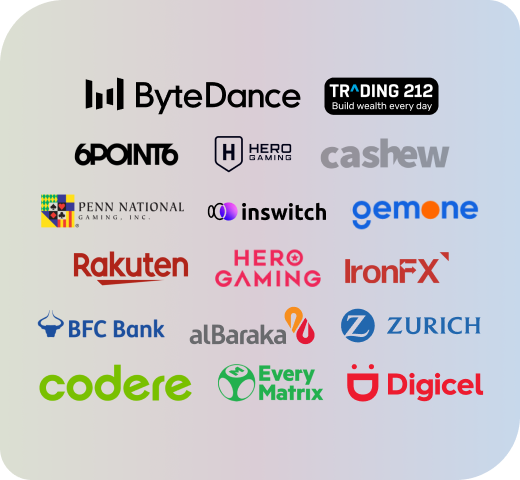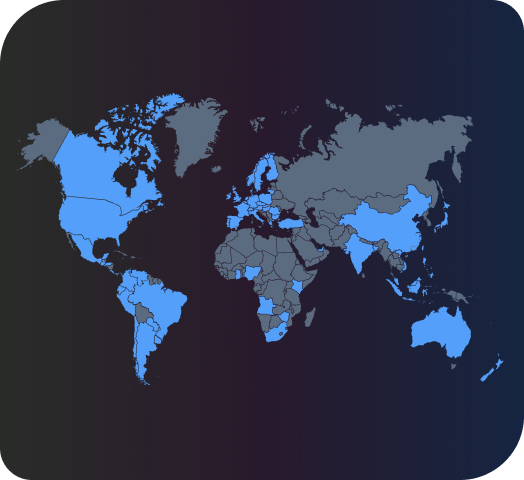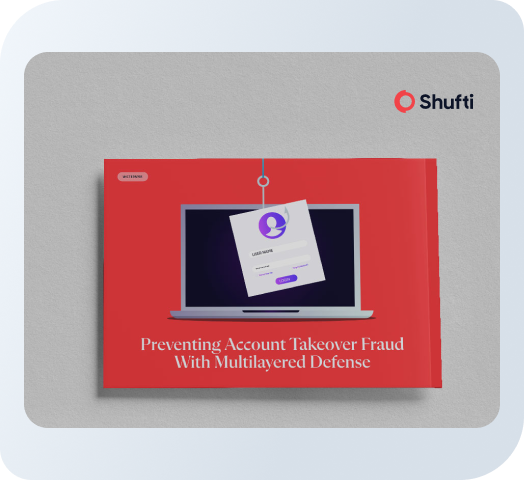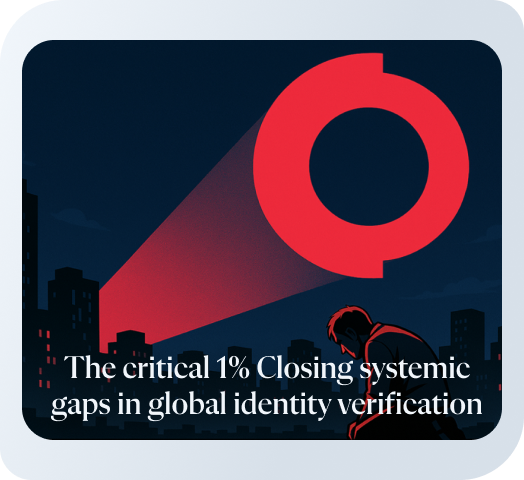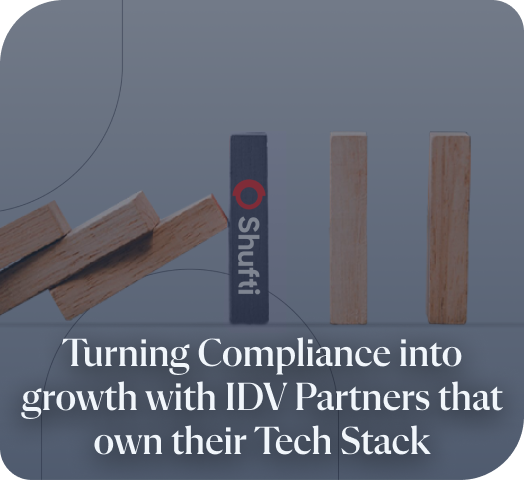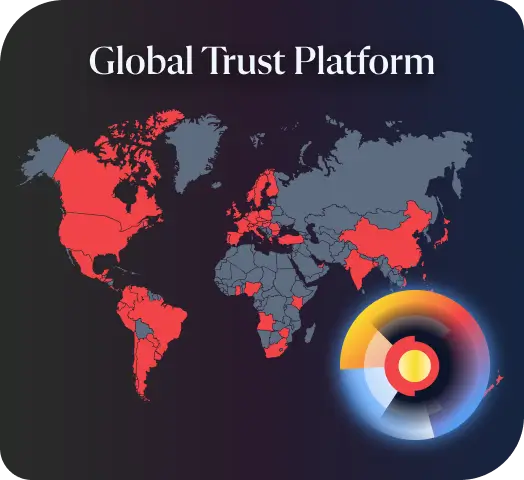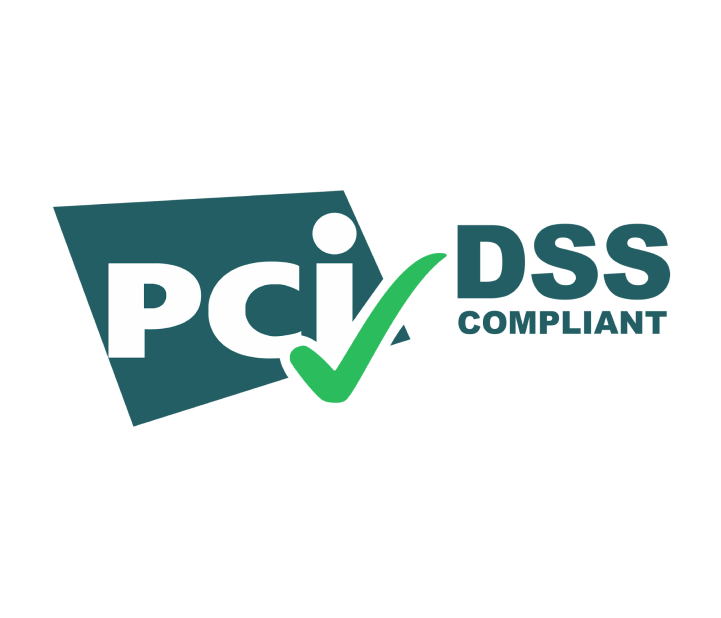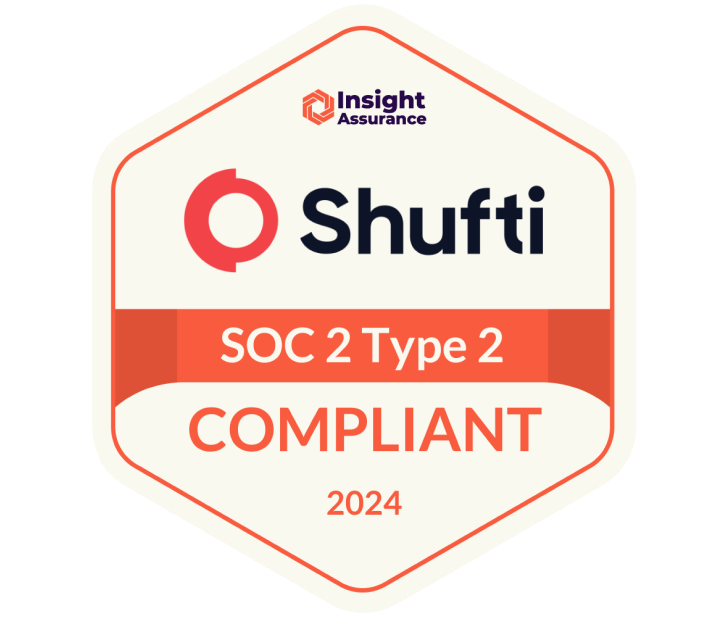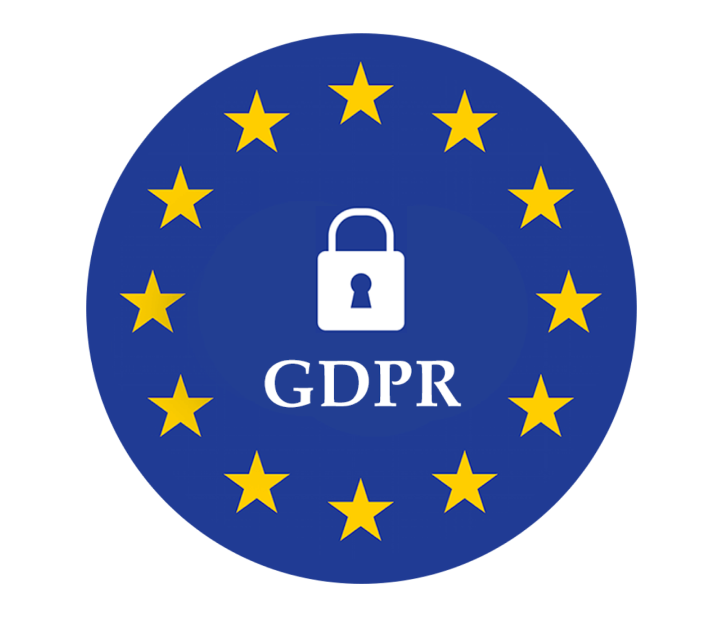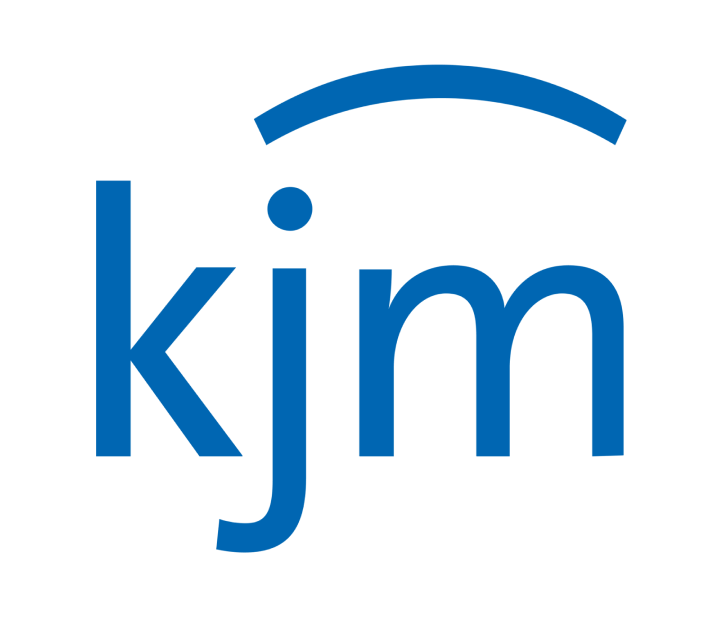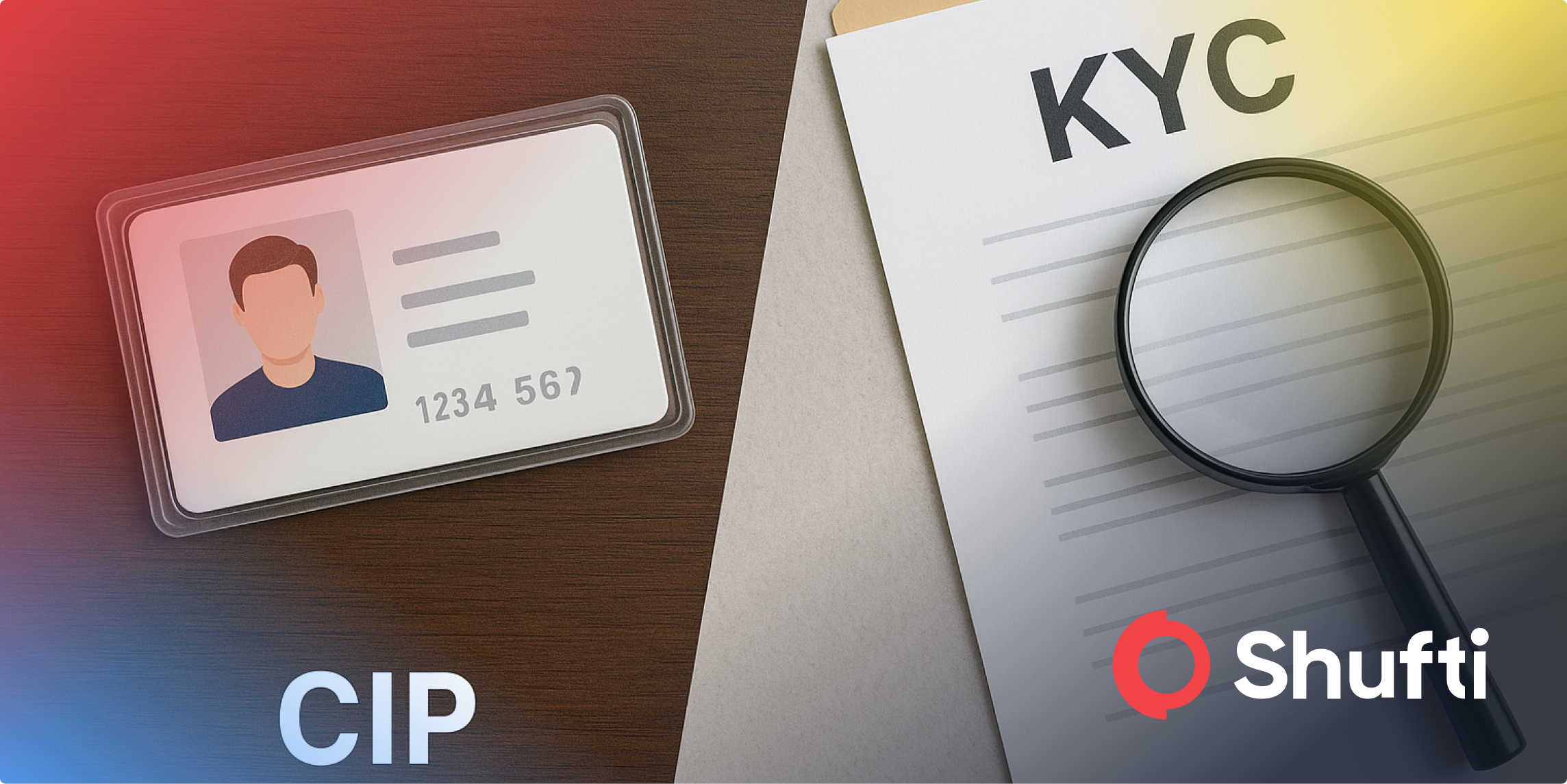Beyond Speed: Securing Fintech Expansion with Smarter Identity Verification

The banking industry is facing a fundamental restructuring that will change how people interact with their finances for years to come. Between 2019 and 2023, fintechs doubled their market capitalization and are expected to grow at triple the rate of traditional banks in the next five years (McKinsey). While a significant amount of early fintech adoption has taken place in developed markets around the world, emerging markets in Asia, Africa, and South America are going to be fueling growth in the coming years with these markets doubling their market share by 2028 (McKinsey). There has never been a better time for fintechs to expand globally than right now.
While this is an exciting opportunity for international growth, fintechs face several significant challenges when implementing identity verification systems. Behind every neobank, digital lending platform, and electronic payment service is the growing risk of fraud, regulatory exposure, and eroding trust. Digital platforms today don’t just have to learn how to grow, they have to learn how to grow securely, at scale, and across borders.
The Identity Infrastructure That Fintech Now Requires
Much like how banks needed robust KYC to prevent collapse under the weight of new financial crimes in the 1990s, fintechs now face a similar inflection point. Whether it’s a neobank onboarding millions across borders, digital lenders approving credit in seconds, or payment systems handling billions in global transfers, knowing who your users truly are is no longer optional.
Three categories of FinTechs have emerged as especially vulnerable to fraud, abuse, and regulatory risk:
- Neobanks and mobile wallets
- Online lending platforms
- Electronic payment providers
Each of these types has been revolutionary for both individuals and the global financial ecosystem, but each also exposes the system to new risks when identity verification is weak or inconsistent. Let’s take a closer look.
1. Neobanks and Mobile Wallets
Neobanks and mobile wallets have fundamentally changed how people engage with financial services, providing instant access to banking from any device. For many people, this means the convenience to manage their money without ever having to step into a branch. But for millions more, it means gaining access to services they’ve never had before. By removing the friction of in-person onboarding, are driving inclusion for unbanked or underbanked communities all around the world.
But what makes online banking services so useful to customers is also what makes it appealing to fraudsters. Without physician verification points, neobanks are vulnerable to synthetic identities, deepfakes, and money mule schemes from day one. Fraudsters are able to exploit the anonymity these platforms provide to obscure their true intentions, making it extremely difficult for compliance teams to trace their illicit activities until the damage is done. In response to this, authorities are working to curb these financial crimes through frameworks like AMLD6, PSD2, and FATF-aligned standards which require neobanks to establish robust, verifiable identity checks and ongoing AML enforcement.
2. Online Lending Platforms
Online lenders have made credit more accessible than ever, letting users secure loans, cash advances, or Buy Now, Pay Later (BNPL) agreements without lengthy paperwork or waiting periods. From underserved small businesses to everyday consumers, this speed and accessibility have opened up financing opportunities that major creditors have often overlooked.
However, speed can’t come at the cost of security. Without proper safeguards, digital lenders become quickly exposed to identity theft, synthetic fraud, and loan stacking, all of which significantly erode credibility and dampen profitability. As fraud tactics grow more sophisticated, so do regulatory expectations. Regulators are stepping up oversight around borrower verification and AML compliance, especially for platforms that operate across borders.
3. Electronic Payment Platforms
Between QR code-enabled purchases to instant global transfers through embedded wallets, electronic payments are now a part of everyday life. These platforms offer consumers speed and convenience, and give businesses the infrastructure to operate across borders, scale transaction volumes, and settle payments in real time.
While the instant, borderless nature of digital payments is exactly what makes them so appealing, it’s also what makes them vulnerable. Most digital payment platforms require little more than an email or phone number to create an account, offering fraudsters an easy entry point for burner wallets, mule accounts, and laundering schemes. With funds moving in seconds, platforms often struggle to trace and reverse suspicious activity in real time. Regulatory frameworks like the FATF Travel Rule, AMLD6, and CTF requirements now demand that payment platforms implement more rigorous, auditable controls over identity, transaction monitoring, and cross-border compliance.
Securing Growth in the Next Era of Fintech
The next phase of fintech growth won’t just be about speed, it will be about scaling securely and responsibly. Fraud tactics are evolving quickly. Regulations shift from one market to the next. And customers increasingly expect protection as a baseline. Without strong verification systems in place, the risks scale just as fast as the opportunities.
Growth is never just about speed. It’s about building with the right safeguards in place and Shufti delivers exactly that.


